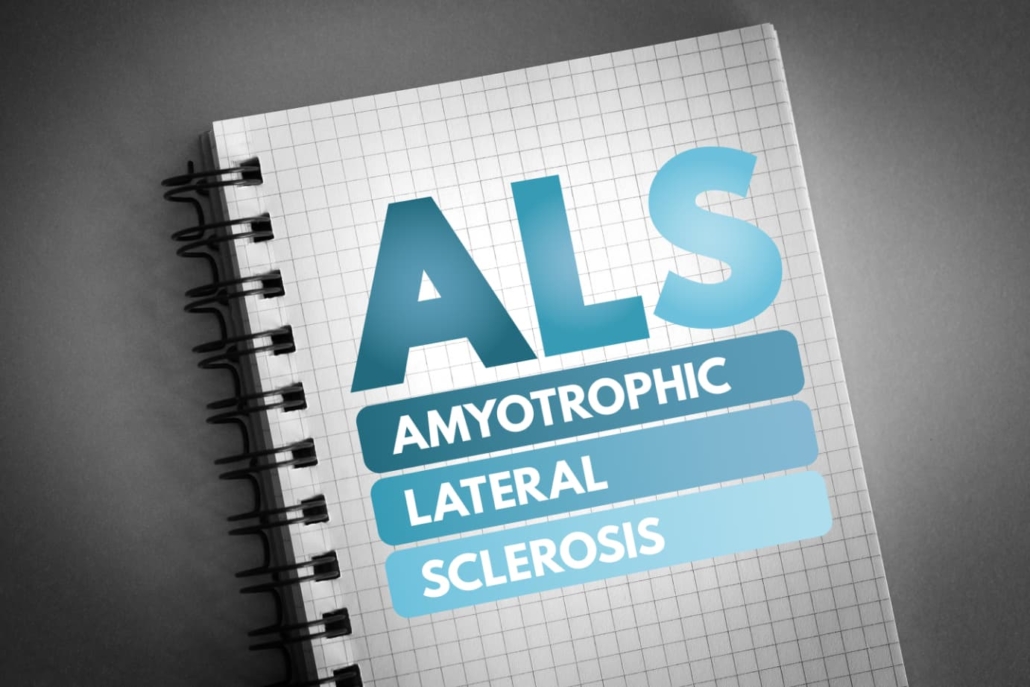New blood test promises rapid and accurate diagnosis of ALS
Researchers have developed a highly accurate blood test for amyotrophic lateral sclerosis (ALS), potentially reducing diagnosis times and improving patient outcomes.
A groundbreaking blood test for the diagnosis of amyotrophic lateral sclerosis (ALS) has been developed by researchers at the Brain Chemistry Labs in Jackson Hole, Wyoming. The test, which boasts an impressive 98% accuracy rate, could significantly reduce the time required for diagnosis and enable earlier treatment interventions for patients with this devastating neurodegenerative disease.
Current diagnostic challenges
ALS, a progressive condition affecting neurons in the brain and spinal cord, leads to gradual paralysis and eventual loss of motor function. At present, diagnosing ALS relies heavily on clinical examinations, a process that can take up to 12 months to yield definitive results. This prolonged diagnostic period often means that patients experience significant deterioration before receiving a confirmed diagnosis.
Moreover, the current diagnostic approach is prone to errors, with misdiagnosis rates reported to be as high as 68% in some cases. These factors combined have long presented a significant hurdle in providing timely and appropriate care for ALS patients.
The new diagnostic approach
The newly developed test, detailed in a study published on 13 September 2024 in the journal Brain Communications, [1] represents a potential paradigm shift in ALS diagnosis. It requires only a simple blood draw and relies on the analysis of microRNA sequences extracted from tiny vesicles released by the brain and nervous system.
By examining hundreds of patient samples, the research team identified a unique “ALS fingerprint” comprising eight distinct microRNA sequences. This fingerprint allows for sensitive and specific differentiation between blood samples from ALS patients and those from healthy controls or individuals with conditions that mimic early-stage ALS.
Implications for patient care
The high accuracy and simplicity of this new test could have far-reaching implications for ALS patient care. Dr Sandra Banack, senior author of the study and scientist at Brain Chemistry Labs, remarked: “Rapid diagnosis will allow treatment to begin earlier leading to better outcomes for ALS patients.”
By potentially reducing diagnosis times from months to a matter of days, the test could enable earlier interventions and more effective management of the disease progression. This could prove crucial in a condition where time is of the essence, and where early treatment initiation can significantly impact patient outcomes.
Validation and future availability
The development of this diagnostic test is not based on a single study but is supported by three prior validation studies using different patient cohorts. In total, the research encompassed a sample size of 471, with many samples provided by the USA National ALS Biorepository. This extensive validation process lends substantial credibility to the test’s efficacy and reliability.
Dr Paul Alan Cox, Executive Director of Brain Chemistry Labs, has expressed hope that the test will become widely available to neurologists within the next 18 to 24 months. To achieve this goal, the organisation is seeking to secure a partnership with a diagnostic company.
Potential impact on ALS research and treatment
While the primary focus of this development is on improving diagnostic accuracy and speed, the implications of this test could extend beyond individual patient care. A more reliable and rapid diagnostic tool could potentially accelerate ALS research by enabling earlier identification of suitable participants for clinical trials.
Furthermore, the ability to diagnose ALS more quickly and accurately could provide researchers with valuable data on the early stages of the disease, potentially leading to new insights into its progression and underlying mechanisms.
While the results of this study are undoubtedly promising, it is important to approach them with measured optimism. As with any new diagnostic tool, further large-scale studies in diverse clinical settings will be necessary to fully validate its effectiveness and reliability in real-world scenarios.
Reference:
- Banack, S., et al. (2024). A microRNA diagnostic biomarker for amyotrophic lateral sclerosis. Brain Communications. https://doi.org/10.1093/braincomms/fcae268


